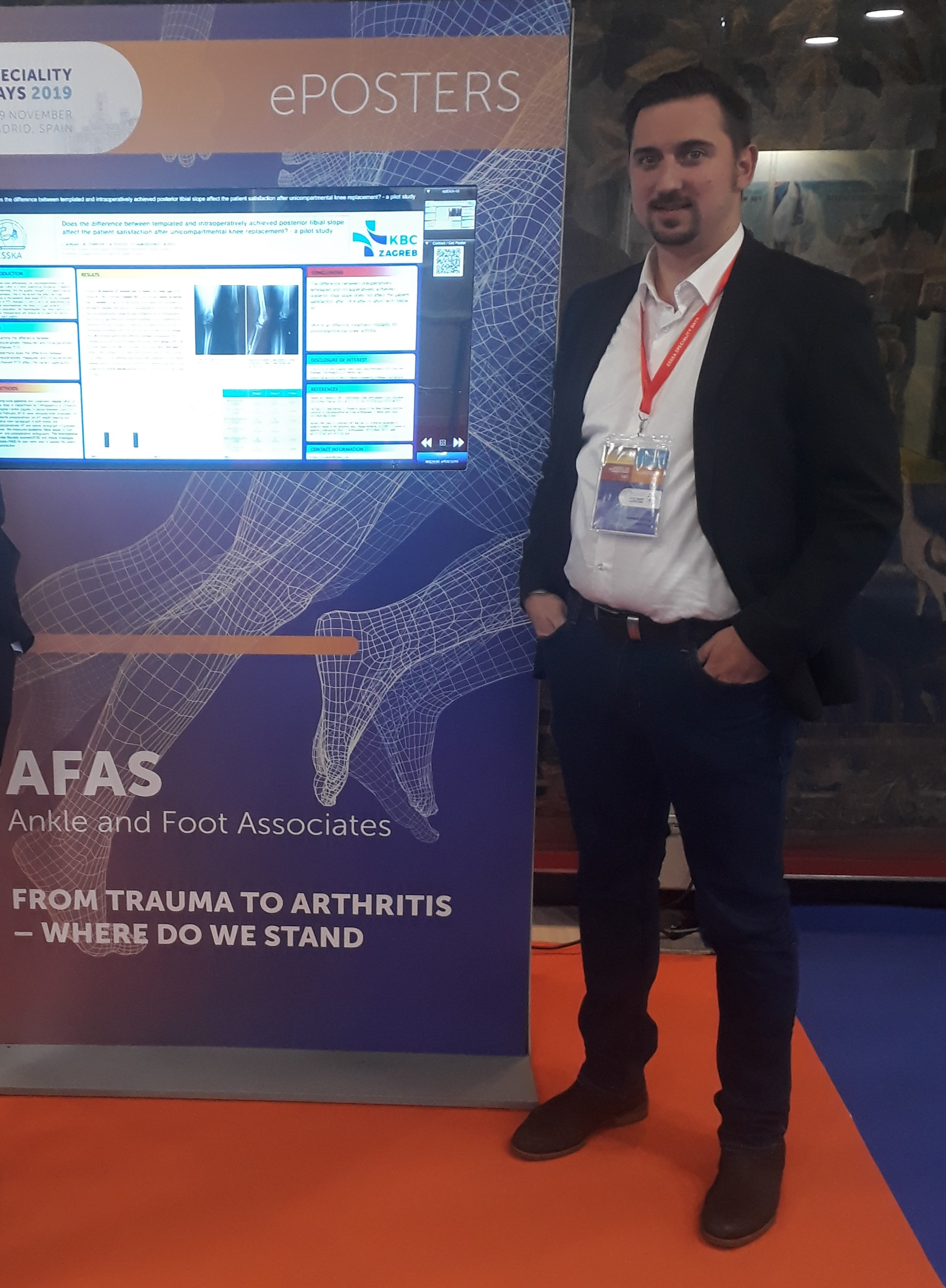Description
Ruptures of the anterior cruciate ligament (ACL) are among the commonest knee injuries. Surgical treatment of ACL tears includes reconstruction of the ruptured ligament by specially prepared graft. Hamstring tendons are commonly used as grafts for ACL reconstruction. Harvesting both hamstring tendons has negative effect on knee kinematics. Therefore, harvesting single hamstring tendon is advised. However, usage of single hamstring tendon reduces the tendon graft diameter and changes the graft tensile properties. To improves graft tensile properties of the single hamstring tendon, the solution could be in manipulation of the tendon during graft preparation i.e., twist of the tendon. The objective of this study was to investigate the influence of a twist angle of 180° on the tensile properties of human single hamstring tendon graft. 14 matched pairs of semitendinosus and gracilis cadaveric tendons were tested on a universal testing machine (Shimadzu AGS-X, Shimadzu Corporation, Japan). In the examined group tendons were twisted along the entire length for 180° and in the control group plain tendons were tested. Matched tendon pairs underwent tensile testing with the purpose of determination of maximum force which brings to tendons rupture. The values of maximum force, tensile strength, energy absorption capacity, tensile modulus and stiffness were compared between groups. No statistically significant difference for the examined tensile properties was found among plain and twisted tendons.




